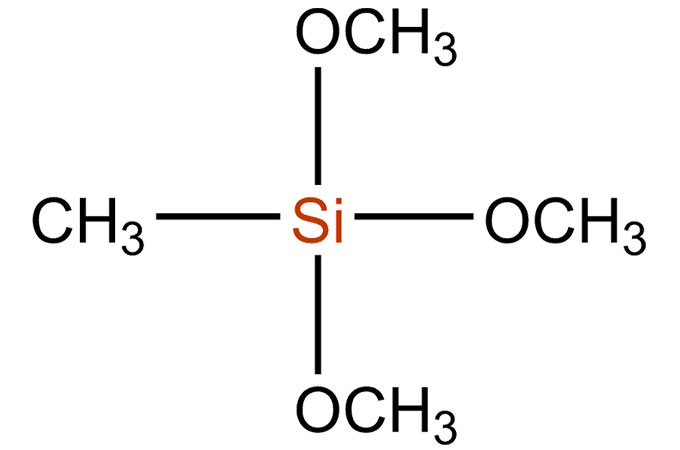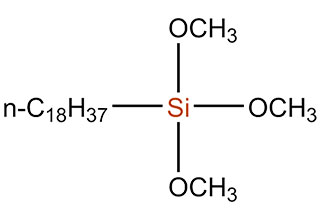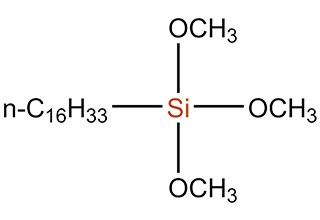SiSiB® PC5131, MTMS chemical, an alkylalkoxysilane is an important component in sol-gel system. It is a colorless liquid. It hydrolyzes slowly in the presence of moisture (methanol is released) to form reactive silanols. These react further to produce oligosiloxanes and then poly- siloxanes.
It is the equivalent of Momentive's A-1630, Dow's Z-6070, Wacker's M1-TRIMETHOXY, Evonik's Dynasylan MTMS, ShinEtsu's KBM-13. For methyltrimethoxysilane price and other more details, please feel free to contact us.
 English
English 日本語
日本語 한국어
한국어 français
français Deutsch
Deutsch Español
Español italiano
italiano русский
русский português
português العربية
العربية tiếng việt
tiếng việt
 SiSiB® PC5131 Technical Data Sheet
SiSiB® PC5131 Technical Data Sheet 

